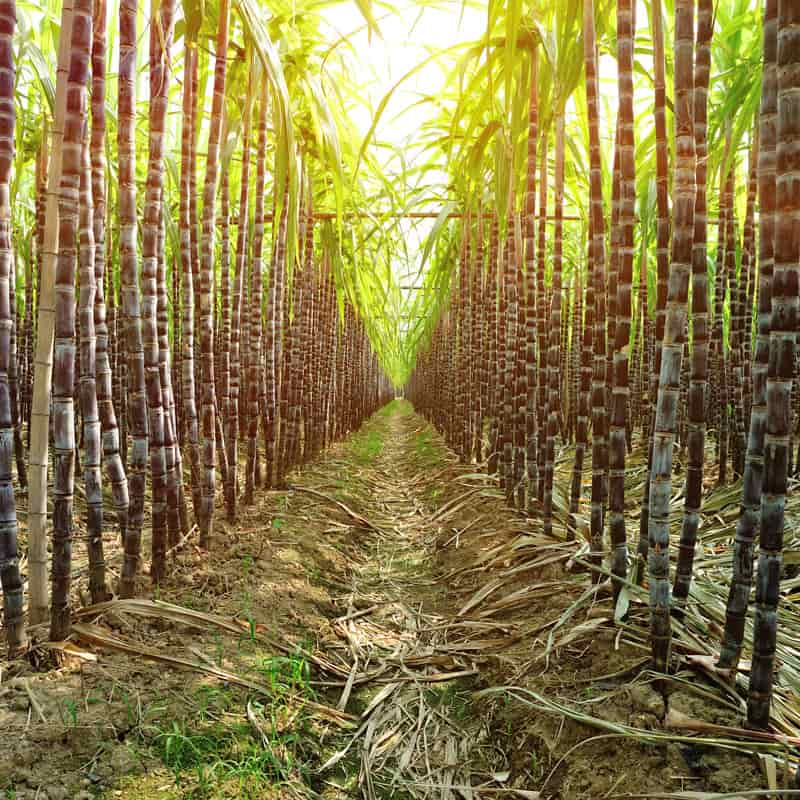

Sugar cane assimilates solar radiation very well, with an efficiency of around 2% in converting incident energy into biomass. This assimilation capacity increases the commercial possibilities for the use of the numerous products that can be extracted from it, in many cases of greater added value and economic importance than sugar.
The cultivation of sugar cane is presented as a high value-added opportunity compared to other types of crops; however, this crop is not immune to the current problem of water scarcity. Taking into account this reality, and the efficiency and advantages of drip irrigation already mentioned, the latter is an excellent way to improve farms where sugar cane is already established, as well as the ideal option for new sugar cane farms.
Sugar cane does not withstand temperatures below 0 °C, although it can sometimes withstand temperatures as low as -1 °C, depending on the duration of the frost. To grow, it requires a minimum temperature of 14 to 16°C. The optimum growing temperature seems to be around 30°C, with high relative humidity and good water supply.
It adapts to almost all types of soil, growing better and giving more sugar in light soils, with adequate water and fertiliser. In heavy and unwieldy crops, it is often the only profitable use. Only in acid soils, which do not usually exist in the areas where sugar cane is grown in Spain, does it create serious problems.
Two basic models are commonly used: in single rows, spaced 125-150 cm apart, or in double rows, with a spacing of 90 cm within each pair and 180-210 cm between each pair.
Sugar cane requires abundant water and nitrogen, phosphorus, potassium and certain trace elements for fertilisation. The practice of irrigation removes the uncertainty typical of agricultural activities dependent on water inputs from natural phenomena. However, traditional irrigation practices used in commercial sugar cane cultivation do not exploit its high genetic potential for biomass production and reduce the efficiency of utilisation of available human and natural resources.
Irrigation practice in sugar cane:
Establishment of the crop:
Adequate moisture levels in the seed cane environment to encourage germination of the buds, ensuring uniform sprouting and a high stem (shoot) population per unit area.
Shoot formation and growth:
Irrigation must ensure a high moisture content in the first 40 cm of depth, through proper system design, appropriate choice of frequency and duration, as this is where the highest root density is found. The shape and extent of the wet bulb must ensure adequate root development with sufficient soil volume available and adequate moisture content.
Ripening, sugar formation and harvesting:
The irrigation system must allow for the control of soil moisture levels in order to achieve stress levels in the crop that slow vegetative growth and induce sugar accumulation and ripening.
